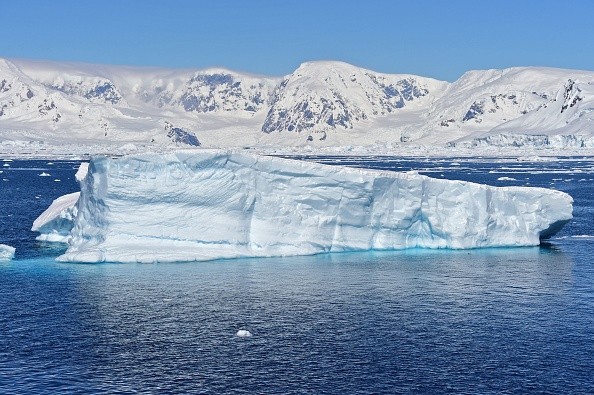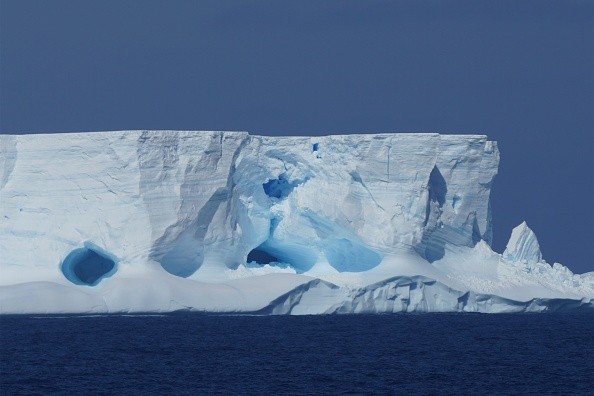According to a recent research published in the journal Current Biology this week, there is more marine life further beneath the Antarctic ice shelves than previously thought.

Despite covering over 1.6 million km2, ice shelves are one of the world's least well-known habitats. On camera, life can be spotted in these perpetually dark, cold, and quiet settings, but it is rarely captured.
In 2018, a team of researchers from Germany's Alfred Wegener Institute (AWI), Helmholtz Center for Polar and Marine Research, bored two holes through over 200 meters of the Ekström Ice Shelf near Neumayer Station III in the South Eastern Weddell Sea, using hot water. The climate is severe and bitterly cold (minus 2.2 degrees centigrade).
Related Article : What Can Scientists Do to Save "Noah's Ark," Arctic's Last Ice Area?
Life in the Seafloor
The seafloor life discovered were extraordinary and entirely unexpected. The richness of the items they found was extraordinarily great, despite being several kilometers from the open sea. Indeed, many open water samples were discovered on the continental shelf, where light and food supplies are more abundant.
The scientists uncovered a whopping 77 species, including saber-shaped bryozoans (moss creatures) like Melicerita obliqua and serpulid worms like Paralaeospira sicula, which is far more than was previously known about this entire ecosystem.
Dr. David Barnes, the study's lead author and a marine scientist at the British Antarctic Survey, says:
"The discovery of so much life living in these extreme conditions is a complete surprise, and it reminds us how unique and special Antarctic marine life is. It's amazing that we found evidence of so many animal types, the majority of which feed on microalgae (phytoplankton), yet no plan. Yet, no algae can live in this environment, so the big question is how do these animals survive and thrive here?"
Algae

The researchers believe enough algae moved beneath the ice shelf from the open ocean to support a healthy food web. According to the microscopy of samples, the yearly development of four of the species was strikingly close to that of similar organisms in open marine Antarctic shelf environments.
Dr. Gerhard Kuhn (AWI), who managed the drilling effort as a co-author, says:
"Another surprise was learning how long life has existed here: carbon dating of dead fragments of these seafloor animals ranged from current to 5800 years, implying that despite being 3-9 kilometers from open water, an oasis of life may have existed continuously for nearly 6000 years beneath the ice shelf. Only samples from the seafloor beneath the floating ice shelf will tell us stories from its history."
According to current beliefs on what life may live beneath ice shelves, all life becomes less plentiful as you get further away from the open sea and sunshine. Small mobile scavengers and predators, like fish, worms, jellyfish, and krill, have been discovered in these ecosystems in previous investigations. However, filter-feeding species, which rely on food from above, were predicted to be the first to go beneath the ice.
Environmental Safeguards

According to scientists, time is running out to research and safeguard these ecosystems due to climate change and the loss of these ice shelves.
The paper "Richness, growth, and persistence of life under an Antarctic ice shelf" was published in Current Biology by David K.A. Barnes, Gerhard Kuhn, Claus-Dieter Hillenbrand, Raphael Gromig, Nikola Koglin, Boris K. Biskaborn, Bettina A.V. Frinault, Johann P. Klages, and Julian Gutt.
For more environmental news, don't forget to follow Nature World News
© 2025 NatureWorldNews.com All rights reserved. Do not reproduce without permission.





